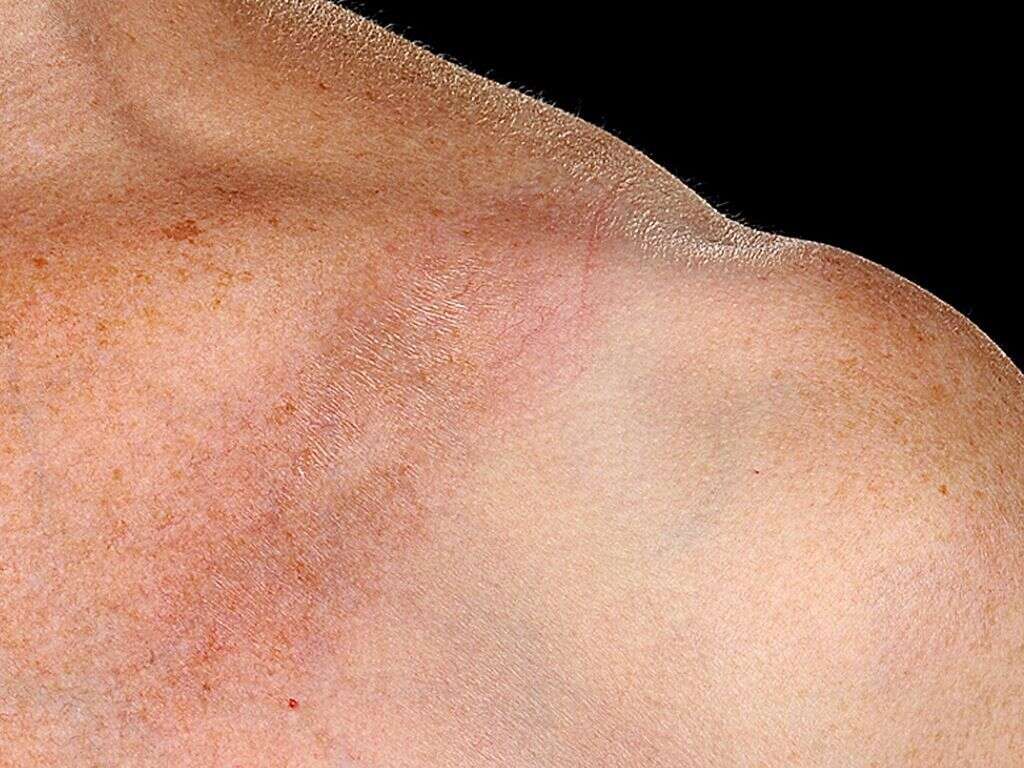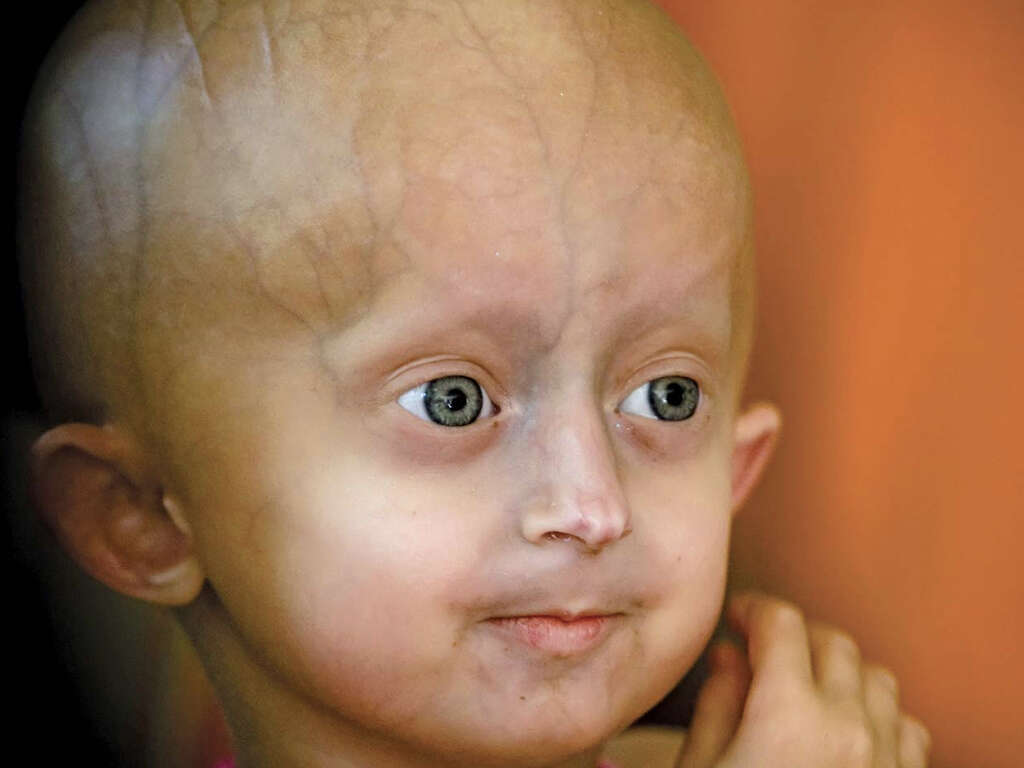What Is Krabbe Disease?
Krabbe disease is a unique condition that impacts an individual’s nervous system. Nerves are surrounded by an important substance known as galactosylceramidase. This material acts as a protective layer to the sensitive fibers that comprise nerves. A lack of galactosylceramidase makes the nerves more susceptible to long-term damage.
Though rare in general, Krabbe disease is a genetic disorder that is most likely to be found in children around the age of six months. Sadly, this is considered a fatal condition. A majority of the children diagnosed with the disorder usually do not live beyond the age of two. There are also different classifications of the disease.

1. What Is Early-Onset Krabbe Disease?
Infants are more likely to develop Krabbe disease than adults. Still, it is possible for adults to show signs of this condition later in life. The main difference is the intensity of the symptoms. For children, the symptoms are usually much more severe and are a primary reason why the condition is considered fatal in younger bodies.
A number of symptoms related to early-onset Krabbe disease revolve around the digestive system. Difficulty with feeding and persistent vomiting are early indications to look for. Additionally, a child may show signs of stiffness or difficulty moving, muscle spasms, and seizures. Some children have issues with motor functions or mental capabilities.

2. What Is Late-Onset Krabbe Disease?
An adult who develops Krabbe disease generally shows different and less severe symptoms than children. For example, a child with this condition might have stiff muscles and an inability to move at all. An adult at the same stage of the disease’s development experiences this as muscle fatigue, rigid muscular movements, and reduced skills related to coordination.
Perhaps the biggest symptom for adults is a progressive loss of vision. The muscles surrounding the eyes weaken slowly with this condition, which eventually causes total blindness in a person.

3. What Are the Causes of Krabbe Disease?
Krabbe disease is a genetic condition related to a genetic mutation that is passed down to a child from parents. The reason this disorder is considered rare is because the mutated gene associated with it must be passed to a child from both parents.
In a majority of cases, children show the symptoms of Krabbe disease before reaching the age of 6. Still, late-onset Krabbe disease can happen in children, adolescents, and adults alike.

4. How Does Krabbe Disease Impact the Nervous System?
For the nervous system to send and receive messages between cells, an array of chemical processes must occur. Krabbe disease prevents the body from making galactosylceramidase, which protects the nerve cells. A lack of this substance causes an excess of galactolipids, which can wreak havoc on the system when present in an abundance
The excessive levels of galactolipids causes a toxic effect that begins to kill off the nerves. As the nerves die, fewer messages can be sent throughout the system. This leads to the patient slowly losing control of motor functions.

5. How Is Krabbe Disease Diagnosed?
Krabbe disease is a part of the standard new born screening since it is most often found in infants and is a genetic related disorder. The screening involves testing a baby’s galactolipid levels. Enzyme activity results provide insight into the child’s condition.
A medical professional may also conduct an eye exam, imaging such as a CT scan, nerve conduction studies, or a lumbar puncture. Both parents need to have a genetic test performed in order to know the risk of having a baby with Krabbe disease.

6. Is There a Cure for Krabbe Disease?
Unfortunately, a cure for Krabbe disease has not yet been discovered, but research is being conducted. Due to the rarity of the disease, tests are limited. Scientists have discovered several treatments that can lessen symptoms and ease patients’ symptoms. For example, children experiencing seizures can be administered anticonvulsant medication.
Prescription drugs to relax muscles can be given to patients dealing with severe muscle spasms. Additionally, studies suggest that regular physical therapy may slow the pace at which muscles deteriorate.

7. Do Bone Marrow Transplants Impact Krabbe Disease?
One treatment that has seen some success is a bone marrow transplant. By transferring blood-producing marrow from a healthy person into someone with Krabbe disease, the patient’s body is able to produce the enzymes needed to slow the progression of nerve deterioration.
However, this is not a proven cure for Krabbe disease. Marrow transplants may yield positive results when bone marrow is donated to an infant. Transplants to babies in utero are particularly lethal to the baby.

8. Can Blood Transfusions Help With Krabbe Disease?
Due to the successes with bone marrow transplants, blood transfusions are another treatment option explored by researchers. Unfortunately, the conditions need to be specific. The highest success rate was shown when a healthy adult donated blood to an adult who was at risk for Krabbe disease but did not yet show significant symptoms of the condition.
When attempted with children, a blood transfusion had little impact. Researchers believe that a transfusion or bone marrow transplant typically only sees success rates if the individual has yet to show symptoms related to Krabbe disease.

9. What Health Complications Can Krabbe Disease Cause in Adults?
In children, Krabbe disease is almost always fatal. For adults, the progress is less direct. While the condition itself is not likely to kill an adult directly, complications can lead to additional health concerns. It is common for someone to begin to go blind and deaf as muscle and nerve functions deteriorate, as does the strength and tone of muscle groups throughout the body.
Eventually, the complications of Krabbe disease will indirectly lead to a person’s death. During the final stages, respiratory failure is common as the muscles no longer have the ability to carry on the functions of breathing.

10. What Can Genetic Testing Do for Krabbe Disease?
While a majority of cases of Krabbe disease is diagnosed when symptoms develop, there are ways to determine if this condition is likely in a child. Genetic testing of parents can provide a detailed look at whether particular genes are mutated or damaged. Should a child or adult without symptoms show indicators of Krabbe disease, possible options like bone marrow transplants and blood transfusions could be viable options to explore.
If you or your significant other are thinking about having a child, a genetic test can be a good preliminary move. This test can provide you with in-depth insight on your genetic history, the likelihood of passing on gene mutations, and what options are available to you to encourage a healthy pregnancy.












